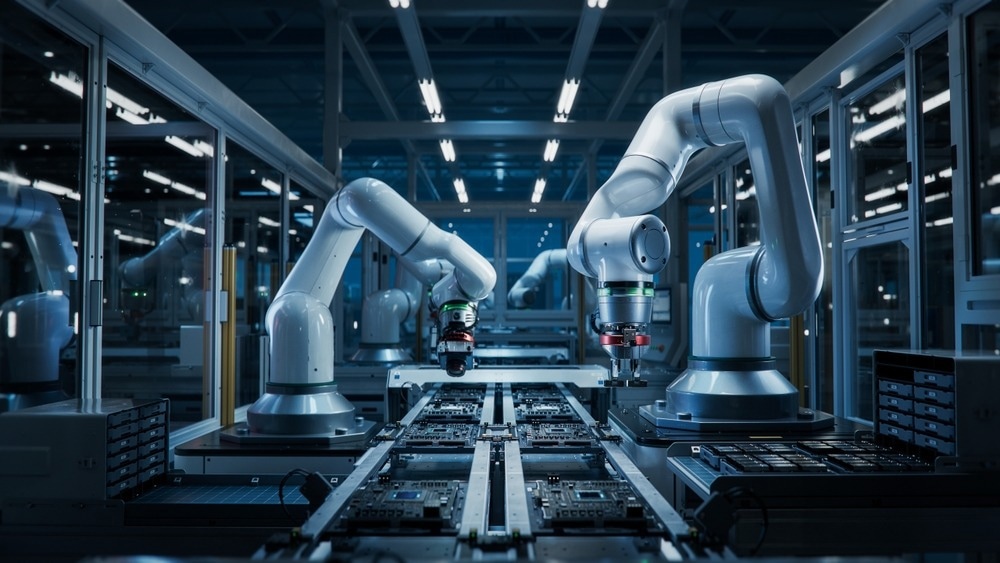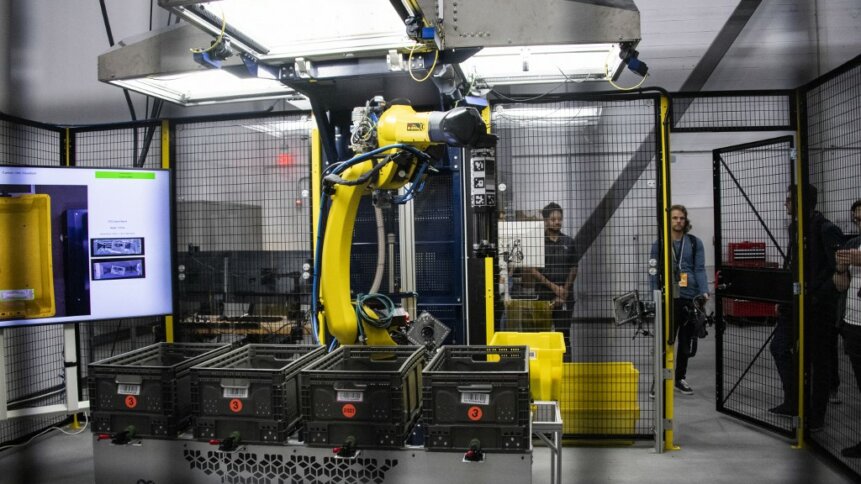AI and Robotics: The Perfect Duo for the Future
The current Buzzword in our world is AI, but what exactly is AI?
AI refers to the simulation of human intelligence in machines. These systems are designed to think and act like humans. They are programmed to make decisions based on data and learning from their experiences. You’ve most probably encountered AI in various forms, such as virtual assistants like Siri or Alexa which are personal assistants, recommendation systems on Netflix, and even your Instagram and X feed. AI can analyse a large amount of data quickly and accurately, this ability of AI makes it really useful and important in today's digital age.
So, how exactly does AI affect Robotics?
When AI is integrated into robotics, it gives robots the ability to learn from their surroundings and previous actions, and make decisions autonomously. This integration results in AI-powered robots that are more versatile and capable than robots which do not have AI integrated in them. Nvidia's CEO Jensen Huang has stated that "The next wave of AI is physical AI" and "Robotics is here. Physical AI is here. This is not science fiction, and it’s being used all over Taiwan. It’s just really, really exciting". This shows how even the biggest companies all around the world are focusing and are optimistic about AI.
What are the benefits of integrating AI in Robotics?
1. Increased Productivity and Efficiency - AI robots can help companies perform repetitive and monotonous activities, this frees up workers for more important task. Ai can help automate the data entry and processing tasks such as scanning documents and extracting information. Because of the presence of artificial intelligence, robots can learn progressively and make changes to their behavior and actions.
2. Precision and Accuracy - AI robots are capable of performing intricate jobs like quality-control inspections on assembly lines because they can see and comprehend their surroundings. In industries like electronics and semiconductor manufacturing, where tiny components require precise placement and alignment, AI robots ensure consistent quality and reduce defects.
3. Enhanced worker safety - By automating risky jobs like handling hazardous materials and heavy lifting, artificial intelligence in robots improves worker safety by lowering the chance of injuries from repetitive exposure to hazardous circumstances. Artificial intelligence-enabled robots can operate in hazardous or remote locations and carry out emergency response duties. One such example of this is a robot called "Sparrow" which uses computer vision and AI in Amazon warehouses to replace the current manual jobs. According to TechHq, nearly half of the warehouse injuries in the US occurred at Amazon. This step taken by Amazon shows us that AI and robotics can help with safety of the workers


Comments
Post a Comment